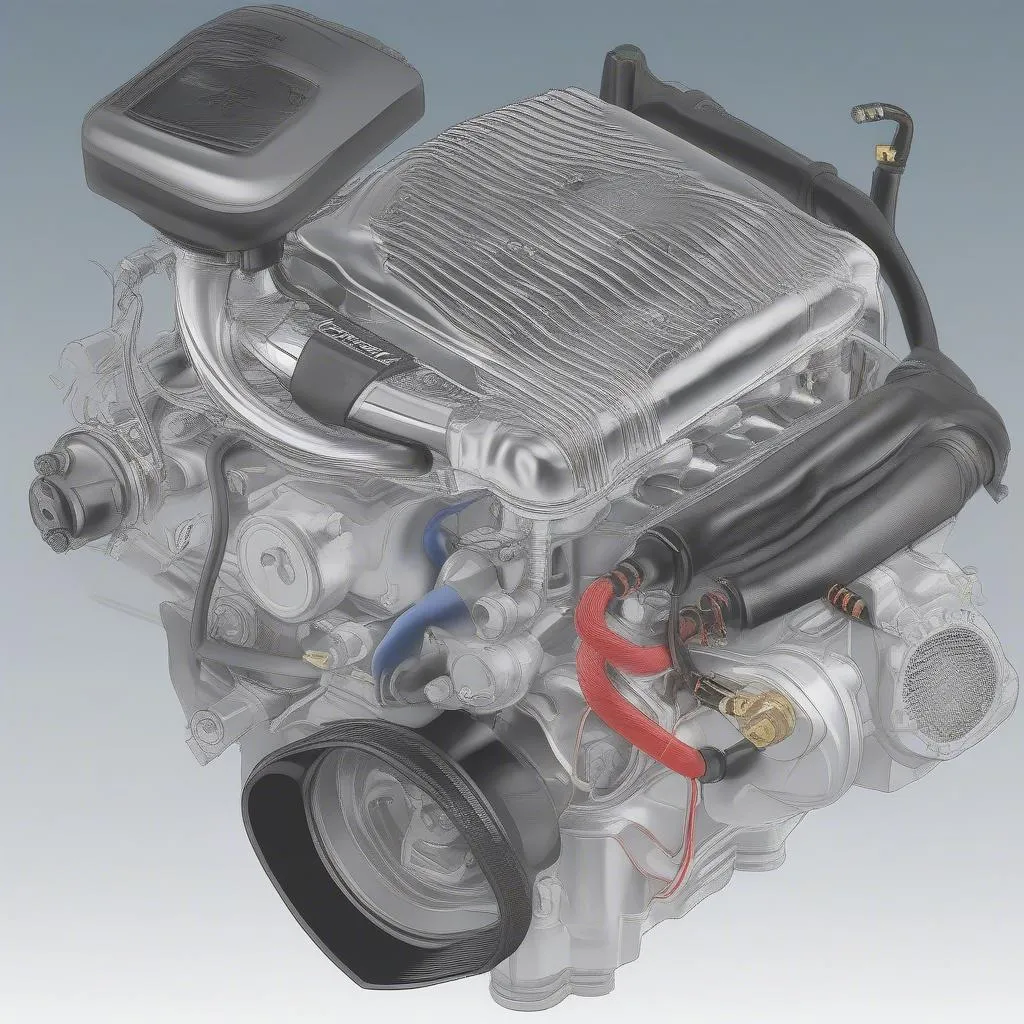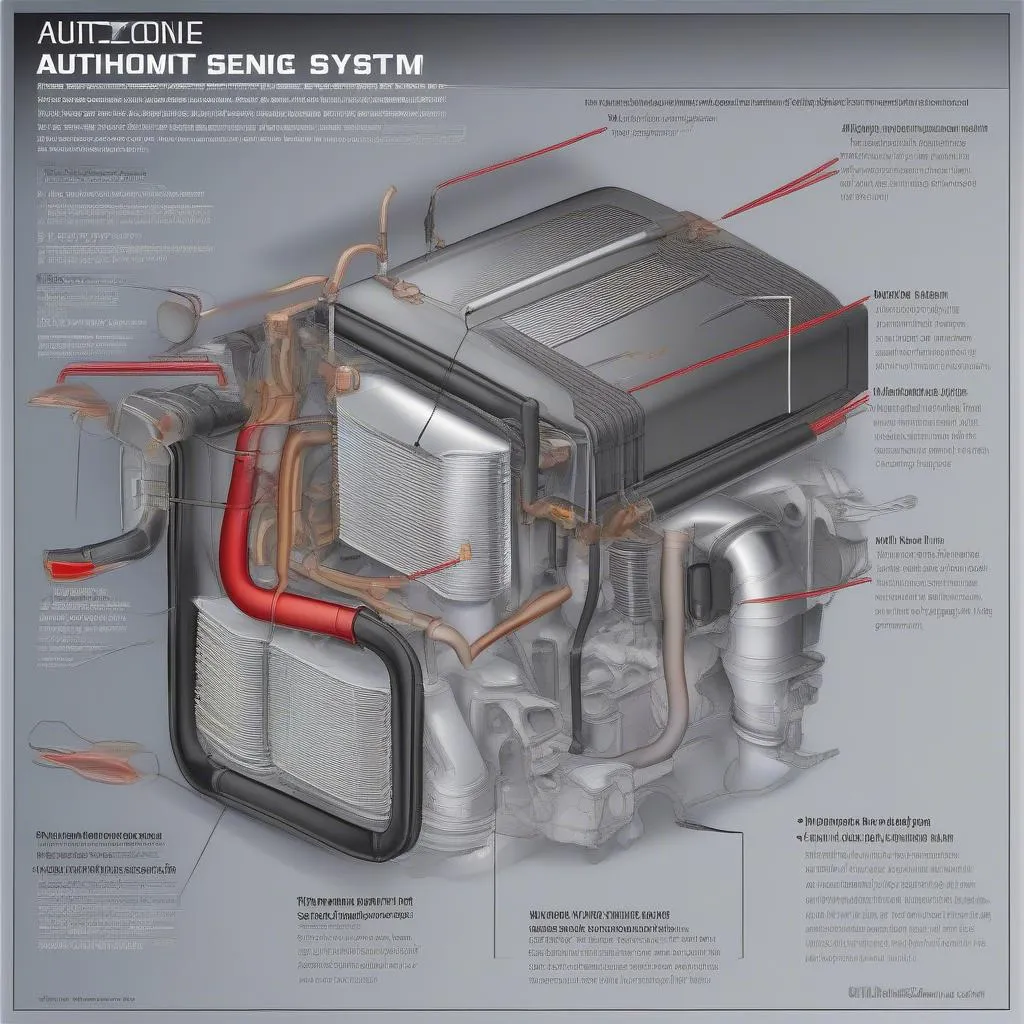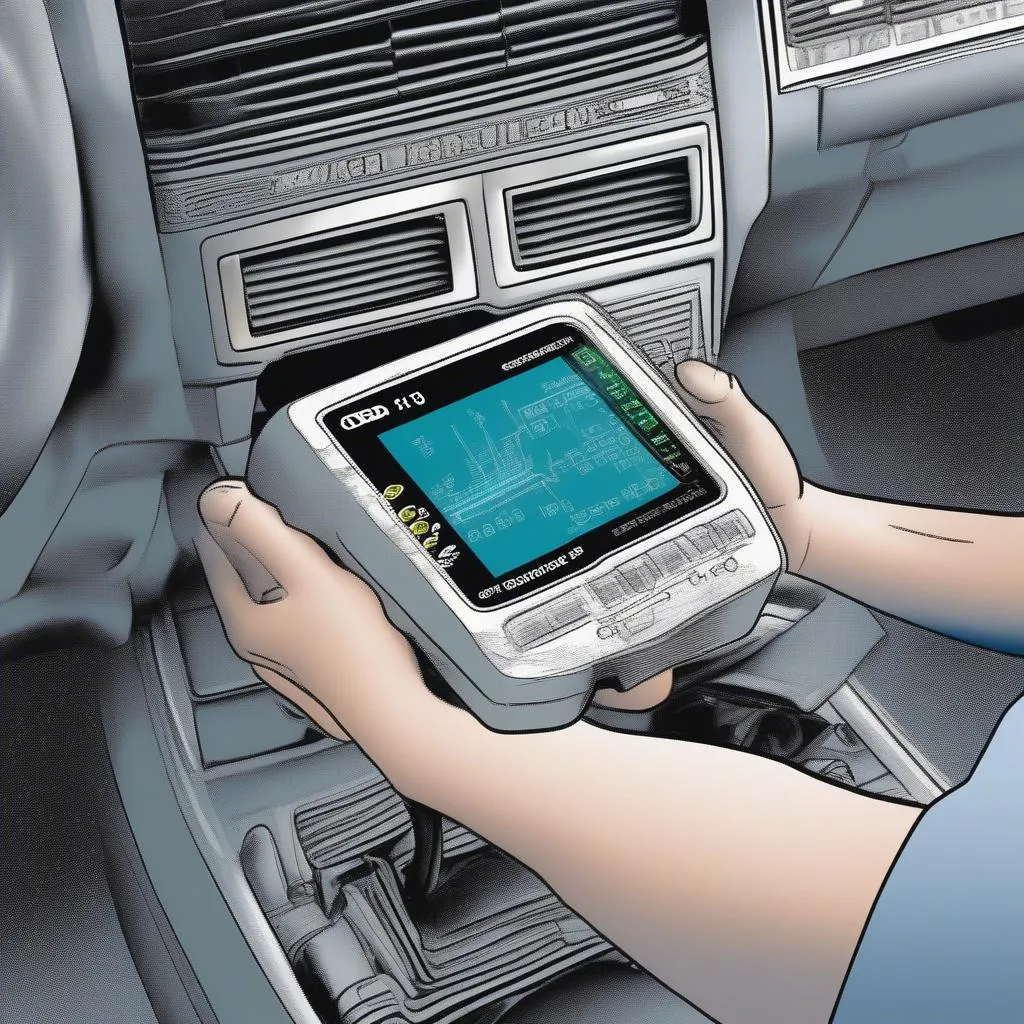Have you ever been driving your classic 1990s GM car and suddenly the “Check Engine” light illuminated on your dashboard? You decide to pull over and investigate further, only to discover a “code 15” error on your OBD-1 diagnostic scanner. This code can be a real head-scratcher, especially if you’re unfamiliar with the intricacies of older automotive diagnostic systems.
Understanding the Code 15 Mystery
The “code 15” on a 1990 GM OBD-1 system refers to a specific issue related to the engine coolant temperature sensor. This sensor plays a crucial role in regulating the engine’s temperature by providing data to the engine control unit (ECU). The ECU uses this data to adjust the air-fuel mixture and ignition timing, ensuring optimal engine performance and preventing overheating.
From a mechanic’s perspective: Imagine the engine coolant temperature sensor as a thermometer for your car’s engine. It tells the ECU how hot or cold the engine is, and the ECU uses this information to keep the engine running smoothly. When this sensor fails to work properly, the ECU can’t get accurate readings, leading to a “code 15” error.
From a technical standpoint: The engine coolant temperature sensor is typically a thermistor, which means its resistance changes with temperature. This change in resistance is measured by the ECU, providing a reading of the engine coolant temperature. If the thermistor malfunctions, the ECU won’t receive the expected resistance readings, leading to the “code 15” error.
From an economic standpoint: A faulty engine coolant temperature sensor can result in decreased fuel efficiency and potential damage to your engine due to overheating. Replacing the sensor is relatively inexpensive compared to the potential cost of engine repair.
Troubleshooting Code 15
1. Inspect the Sensor: Start by visually inspecting the engine coolant temperature sensor for any signs of damage, corrosion, or loose connections. If you notice any issues, it’s best to replace the sensor immediately.
2. Check the Wiring: Examine the wiring connected to the sensor for any breaks, chafing, or loose terminals. A broken wire can prevent the sensor from sending accurate data to the ECU.
3. Test the Sensor: If you suspect a faulty sensor, you can test it using a multimeter. You can find detailed instructions on how to test the engine coolant temperature sensor online or in an automotive repair manual.
4. Clear the Code: Once you’ve addressed the issue, make sure to clear the “code 15” error from your OBD-1 diagnostic scanner. This can be done using a scanner or by disconnecting the battery for a few minutes.
5. Monitor Engine Temperature: After clearing the code, keep an eye on your car’s temperature gauge. If the engine temperature starts to fluctuate or rise excessively, it could indicate a more serious problem requiring further investigation.
A visual representation of the engine coolant temperature sensor can help clarify its function. Take a look:
 Engine Coolant Temperature Sensor Illustration
Engine Coolant Temperature Sensor Illustration
Common Scenarios with Code 15
- Slow Start-Up: If the engine coolant temperature sensor malfunctions, the ECU may receive inaccurate temperature readings, leading to a longer start-up time.
- Rough Idle: A faulty sensor can cause the engine to idle roughly, as the ECU struggles to adjust the air-fuel mixture correctly.
- Fuel Efficiency Issues: An inaccurate engine temperature reading can affect the ECU’s ability to optimize fuel consumption, leading to decreased fuel efficiency.
- Overheating: In extreme cases, a malfunctioning engine coolant temperature sensor can lead to engine overheating, potentially causing severe engine damage.
A visual representation of the engine’s cooling system can help illustrate how the engine coolant temperature sensor contributes to the overall engine performance and temperature regulation. Take a look:
 Automotive Engine Cooling System
Automotive Engine Cooling System
Questions You May Have
- What does “code 15” actually mean? As mentioned above, code 15 on a 1990 GM OBD-1 system indicates an issue with the engine coolant temperature sensor.
- How do I fix the problem? The solution typically involves inspecting, testing, and potentially replacing the engine coolant temperature sensor.
- What are the consequences of ignoring code 15? Ignoring this code can lead to poor fuel efficiency, engine overheating, and potential engine damage.
Get Help from the Experts!
If you’re struggling with a “code 15” error in your 1990 GM vehicle, don’t hesitate to reach out for professional assistance. Contact our team of experienced automotive technicians at [phone number] or WhatsApp: +84767531508 for expert advice and support. We’re here to help you diagnose and resolve any automotive issues, ensuring your car runs smoothly and efficiently.
Further Reading
For more information on OBD-1 diagnostic codes and troubleshooting, consider checking out these resources:
- “OBD-1 Diagnostic Codes for GM Vehicles” by [Author Name], a renowned automotive expert.
- “The Complete Guide to OBD-1 Diagnostics” by [Author Name], a leading authority in automotive diagnostics.
Additional Resources:
- Link to Tech Car USA article about GM OBD-1 code readers
- Link to Tech Car USA article about OBD-1 codes for GM vehicles
- Link to Tech Car USA article about GM 12-pin OBD-I connector
- Link to Tech Car USA article about Bluetooth OBD-1 for Fiero
- Link to Tech Car USA article about GM OBD-1 showing no codes
Don’t let a simple “code 15” error throw a wrench in your driving experience. Get the right information, seek professional help when needed, and keep your classic GM car running strong!
 OBD-1 Diagnostic Scanner Illustration
OBD-1 Diagnostic Scanner Illustration